BRISTOL — Snow covered trees, filled with birds, line the dirt road up to the Slim Baker Foundation hiking area. From the road, downy woodpeckers can be seen chipping at a tree trunk. Cedar waxwings rest on branches and blue jays call out to their heart’s content. When the temperatures drop in the winter, one might expect birds to leave, but Mirka Zapletal, education and outreach manager for Newfound Lake Region Association, aims to prove otherwise.
“There's this idea that everything migrates, and it all shuts down,” Zapletal said. “I think it's really helpful to remember that, no, there are lots and lots of birds that are hanging out and doing their thing, as well as other animals.”
NLRA works to protect Newfound Lake and its watershed. They host a program called Nature Station once a month which provides ecological- or conservation-based education to people of all ages, with activities that are also kid-friendly. There are all kinds of events and activities throughout the year, but Executive Director Rebecca Hanson said the programs are designed to further their mission to protect the watershed.
“Whether we're talking about water quality, or the forest, or the bird populations, all of these things pertain to the work that we do to protect the lake,” she said.
On Dec. 27, the Nature Station program focused on winter birds. The events usually take place at Grey Rocks Conservation Area in Hebron. That location is currently under construction, so the Slim Baker Foundation is providing their space in the time being.
The program included a bird journal with a list of birds most likely to be seen in winter, coloring pages and time to explore with binoculars. Zapletal, who led the event, said birds are a great way to connect people to nature and conservation, as they are beautiful, charismatic and often easier to find than other animals.
“The idea is that by learning a bit more and kind of experiencing it themselves, hopefully they're a bit more aware, but also more committed to protecting it,” she said.
Along with Zapletal and her 4- and 7-year-old boys, Karen Meyer and her family attended the Nature Station. Meyer, her husband Ryall and their 8-year-old granddaughter Noelle, who is visiting for the holidays, came to learn all about birds. The Meyers recently moved to Alexandria from Massachusetts and were looking for a social outdoor activity. Karen thought the program would pleasant, and also nice for her granddaughter. Noelle likes birds, and had a pet parakeet.
“She had a parakeet, Snuggles, who recently passed away, and she misses him,” Karen said. “But even leading up to that, she was all about birds. And we see the bald eagles at the lake. We see loons. So, birds are interesting to her.”
The group of six walked up a snowy, icy trail to the summit of Little Round Top Mountain, searching and listening for birds. It was a relatively quiet late morning. The whistling call of a brown creeper could be heard deep in the trees. With little success at bird watching, Zapletal looked in the snow for animal tracks, identifying them for the group, including the elusive red fox.
As the group was heading inside the cabin to wrap up, Zapletal’s son Samuel, spotted a pileated woodpecker. He ran inside, yelling about his find, and everyone rushed out to view the large bird in action. Giant holes formed in the trunk as the woodpecker searched for food.
The pileated woodpecker stays in the region year-round, as it has no trouble finding insects for food in the winter in the trunks of trees. But some birds aren’t as lucky and must leave New Hampshire during the winter to go south in search of food in warmer weather.
“If your food is dependent on frozen water, if your food is dependent on insects flying around, what are you going to do?” Zapletal said.
But while some birds consider New Hampshire too cold, or unsuitable for a proper meal, others, like the snow bunting, migrate from parts of northern Canada to winter in the warmer Granite State. In other words, the winter can provide a new set of birds to appreciate. Others stay year-round. Zapletal said most of these birds are seed eaters. This includes a lot of house and yard birds, like the tufted titmouse, the white-breasted nuthatch and the black-capped chickadee.
There are some birds seen year-round that change habitats during the winter season. One of the most common birds in New Hampshire is the dark-eyed junco, a sparrow with many variations. Locally, it's typically gray and white with shades of tan and a pale pink bill. These sparrows are usually seen in forested habitats during the breeding season, and during winter are often seen in large flocks in backyard trees searching for seeds on the ground, or visiting feeders. Zapletal said people’s homes are the perfect habitat for many birds during the winter.
“I do think that for juncos, chickadees, things like that, they're around all the time,” she said. “But I do think that we give them some really good habitat along the edges of our driveways, along the edges of our lawns, plus our bird feeders.”
The hooded merganser is a waterfowl typically found on wooded lakes, ponds and streams, but as shallow waters freeze in the winter, they can often be seen in other larger bodies of water, including on the Seacoast.
For anyone looking to start birdwatching, being aware of how birds change plumage each season can help identify them. Zapletal recommends using feeders, and searching in a mixed habitat, with forest, open areas and water sources, as it can attract a larger number of birds. Many birds prefer variety. Many organizations, including New Hampshire Audubon, also provide events like the Nature Station winter birds program to offer expert advice and an opportunity to connect with other enthusiasts.
“There are lots of community resources, and it can feel really overwhelming to try to figure out what birds you're looking at,” Zapletal said. “Starting with someone who already has some experience can just make it feel more manageable, and less daunting.”
Zapletal believes seeing these animals survive in the winter can help motivate humans to go outside, and get some fresh air as we spend more time indoors.
“In the winter, it can feel like it's cold, it's dangerous, it's uncomfortable,” she said. “To be reminded that there are animals that deal with it and do it very, very well, I think also helps remind us we can go outside too.”






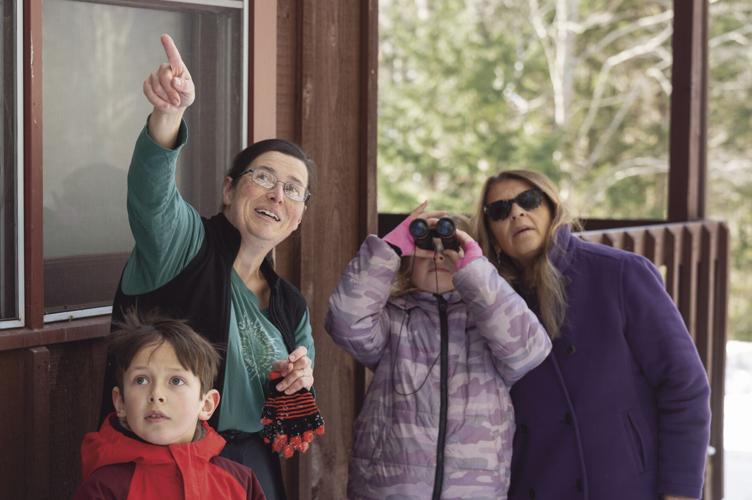
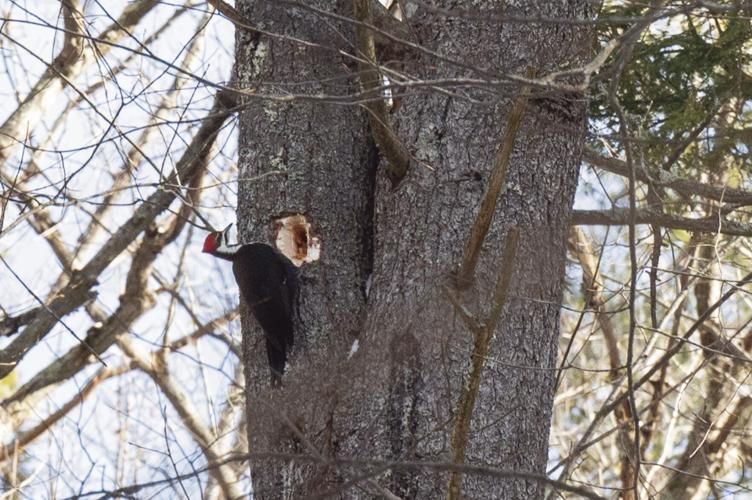
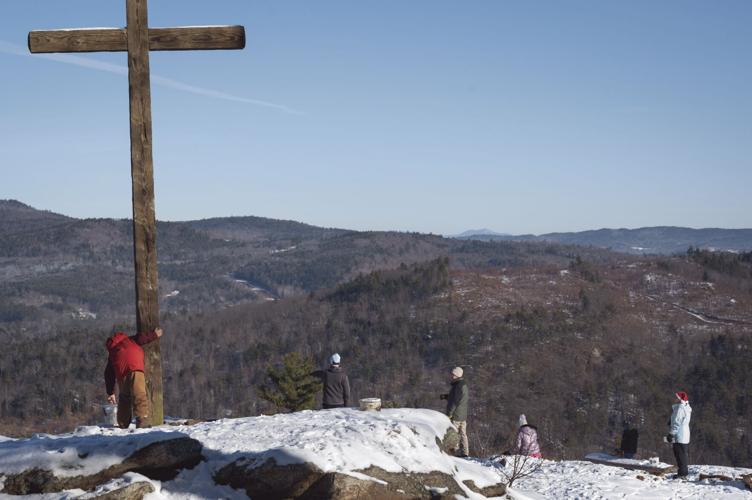
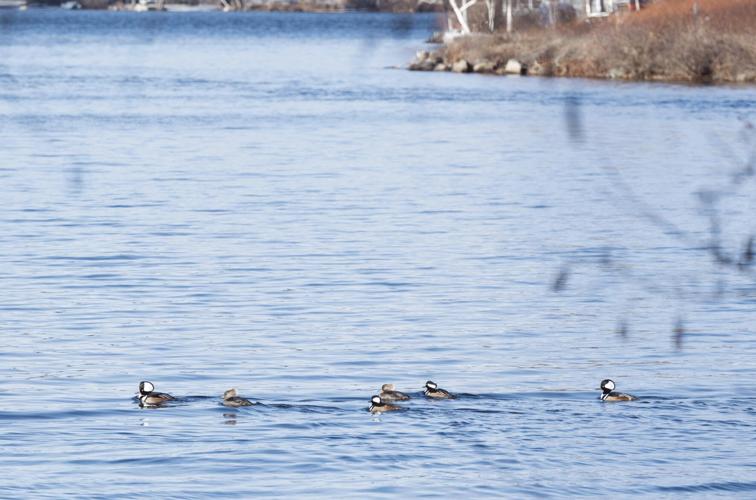
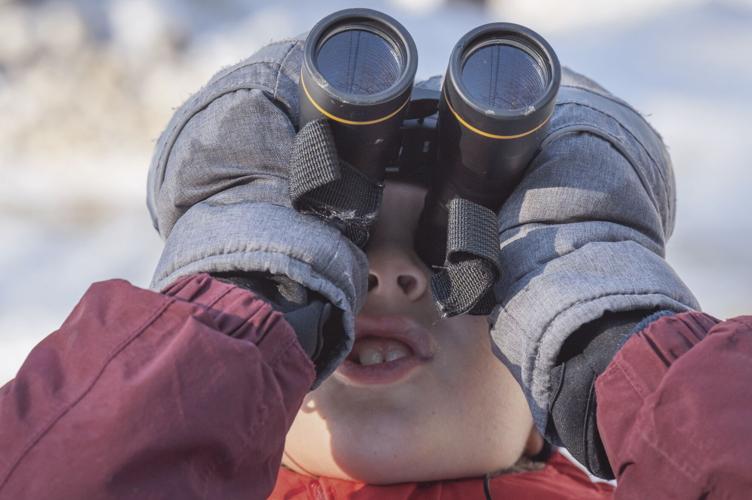
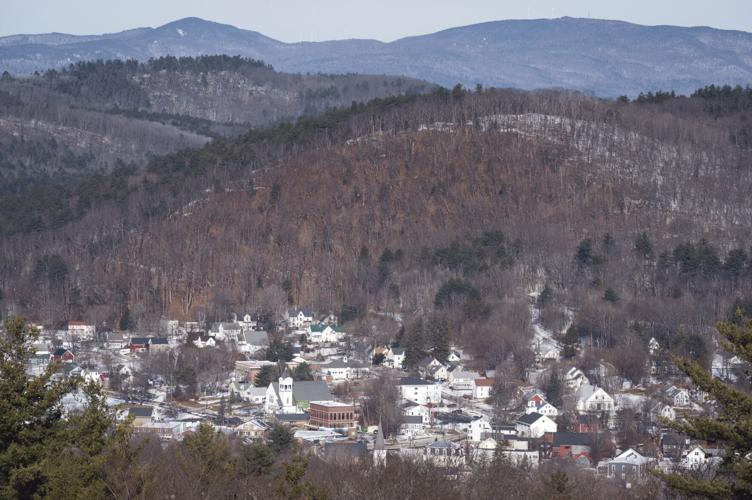
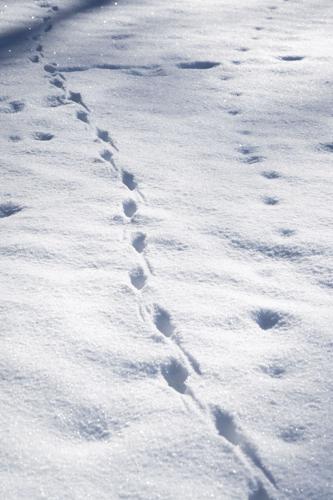
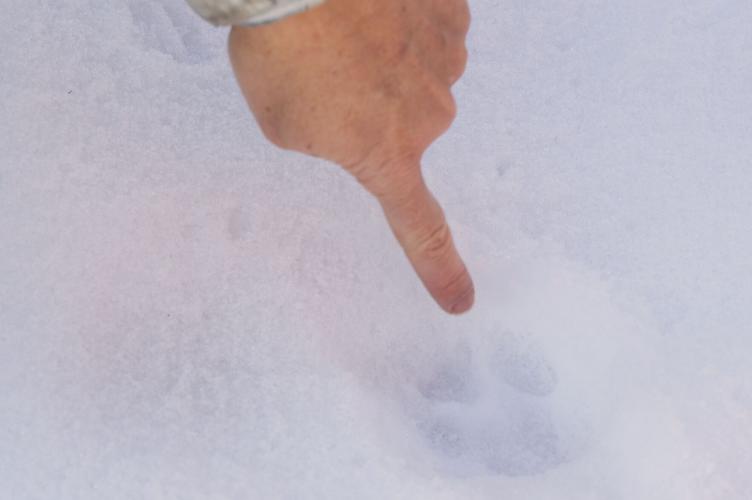
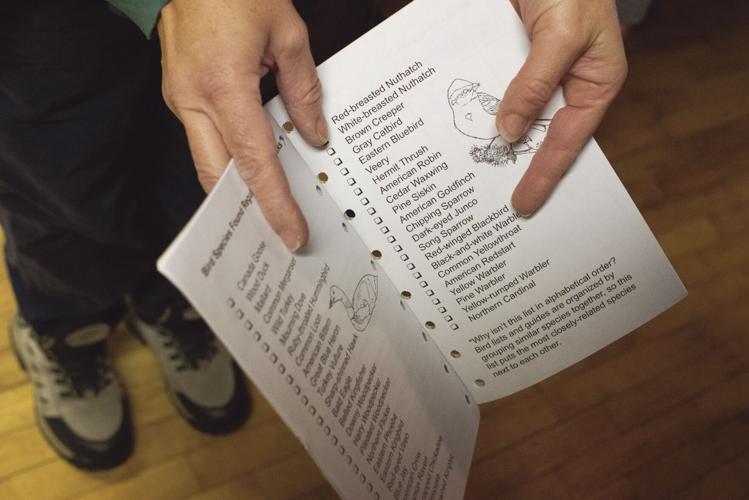
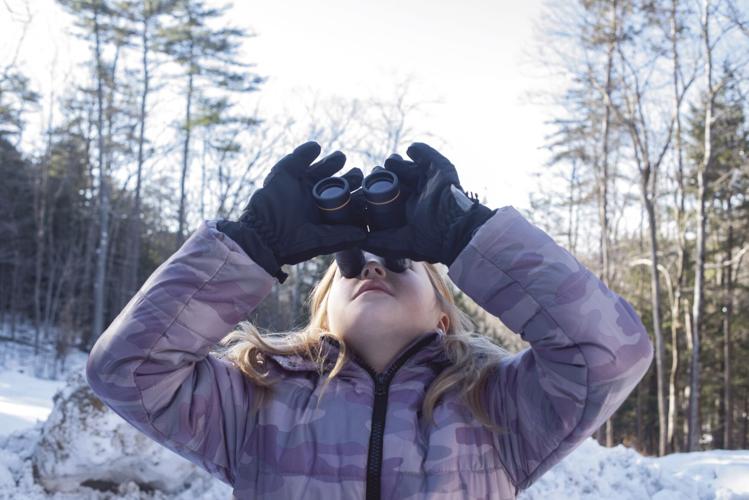
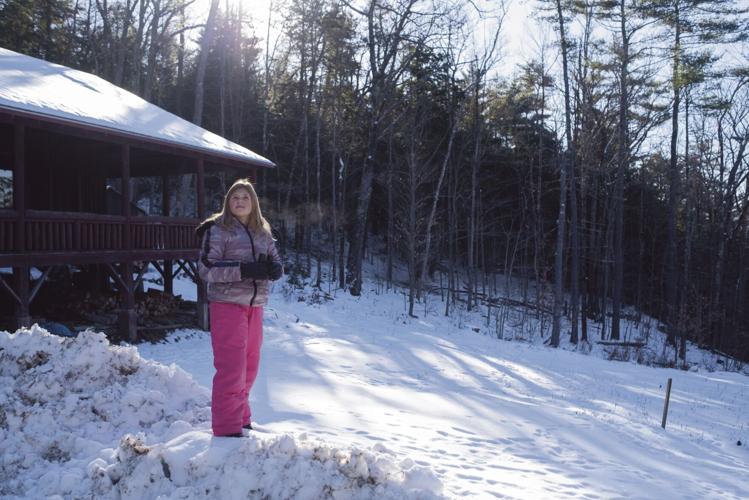
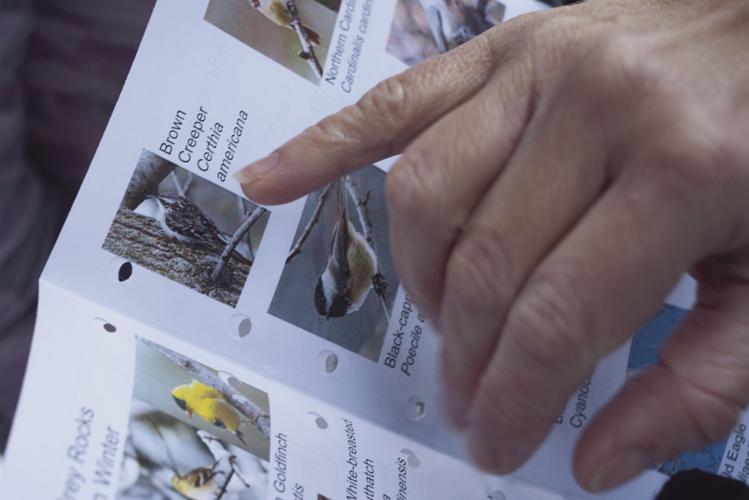
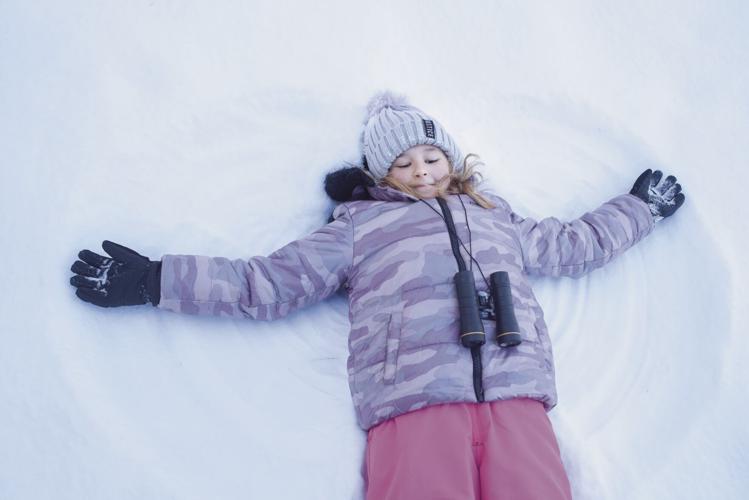
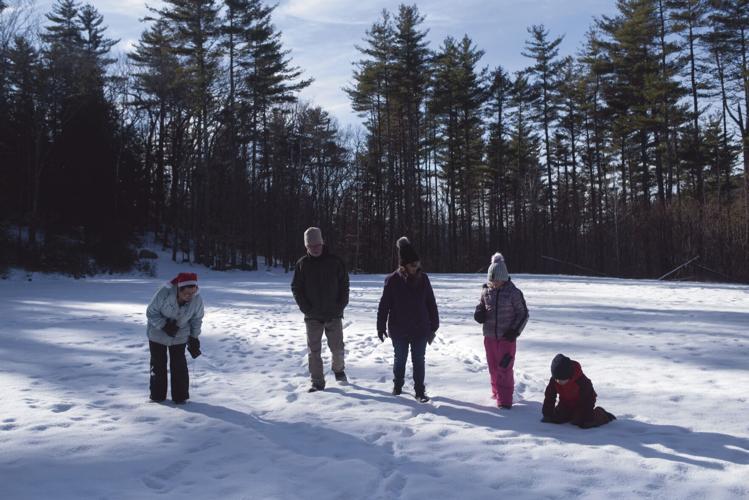




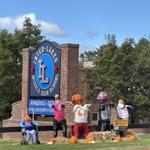
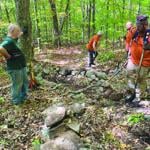
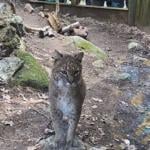

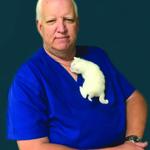
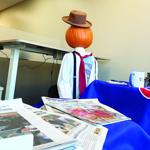

(0) comments
Welcome to the discussion.
Log In
Keep it Clean. Please avoid obscene, vulgar, lewd, racist or sexually-oriented language.
PLEASE TURN OFF YOUR CAPS LOCK.
Don't Threaten. Threats of harming another person will not be tolerated.
Be Truthful. Don't knowingly lie about anyone or anything.
Be Nice. No racism, sexism or any sort of -ism that is degrading to another person.
Be Proactive. Use the 'Report' link on each comment to let us know of abusive posts.
Share with Us. We'd love to hear eyewitness accounts, the history behind an article.